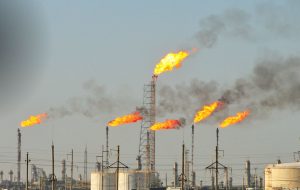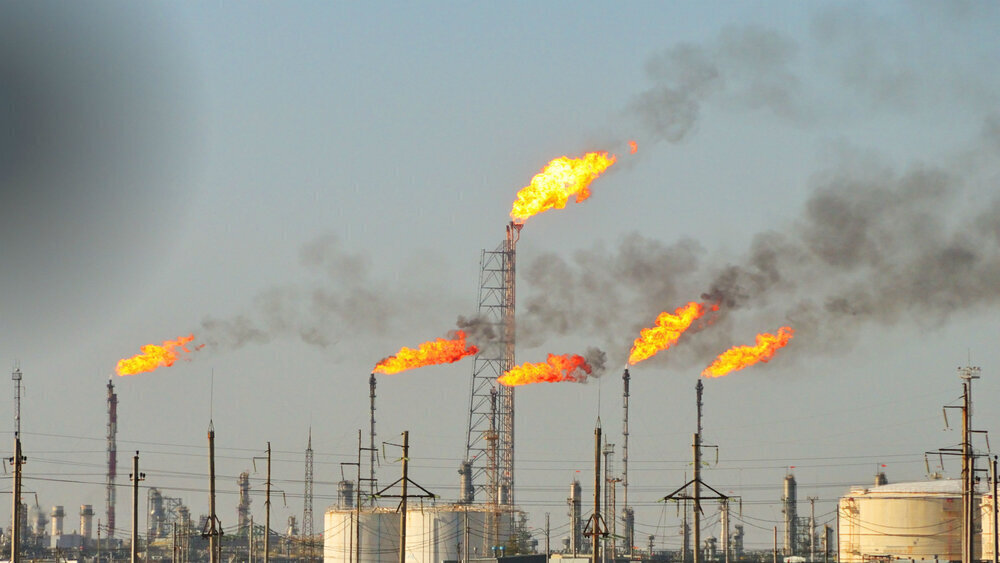Three flare gas recovery projects to come on stream by March 2025
TEHRAN – The Managing Director of the National Iranian South Oil Company (NISOC), Ebrahim Piramoun, has announced that three major associated gas recovery projects are slated to be completed by the end of the current Iranian calendar year (late March 2025). The completion of these projects is expected to significantly reduce gas flaring, a practice


TEHRAN – The Managing Director of the National Iranian South Oil Company (NISOC), Ebrahim Piramoun, has announced that three major associated gas recovery projects are slated to be completed by the end of the current Iranian calendar year (late March 2025).
The completion of these projects is expected to significantly reduce gas flaring, a practice that wastes valuable resources and harms the environment. According to Piramoun, these initiatives will not only curb environmental damage but also provide essential feedstock for the petrochemical industry and help alleviate the country’s gas supply imbalance.
The projects are part of a broader plan titled “Renovation and Construction of Gas Collection Facilities”, which the Ministry of Petroleum is prioritizing as a key initiative.
In related efforts, the head of Iran’s Department of Environment (DOE) previously stated in May that the government has invested $5.5 billion in reducing gas flaring to enhance air quality. The DOE chief highlighted that, since August 2021, 55 gas flares have been shut down, with significant investments made in upgrading fuel quality and optimizing air conditions.
The administration has also focused on improving the efficiency of petro-refineries and gas processing plants. Over the past year, the use of fuel oil reached its lowest level in recent years, thanks to major desulfurization and efficiency-enhancing projects at 10 oil refineries.
Additionally, former National Petrochemical Company (NPC) head Morteza Shahmirzaie noted that efforts to accelerate associated gas recovery are gaining momentum, with plans to extinguish the majority of petrochemical complexes’ gas flares by the end of the year.
During a visit to Assaluyeh—home to Iran’s key gas processing plants—Shahmirzaie emphasized the dual role of gas flares as safety mechanisms during emergencies and as resources to be harnessed during stable conditions. He expressed confidence that, under the banner of the “Year of Production Leap Through People’s Participation,” Iran’s petrochemical projects will see steady progress and deliver tangible results.
EF/
